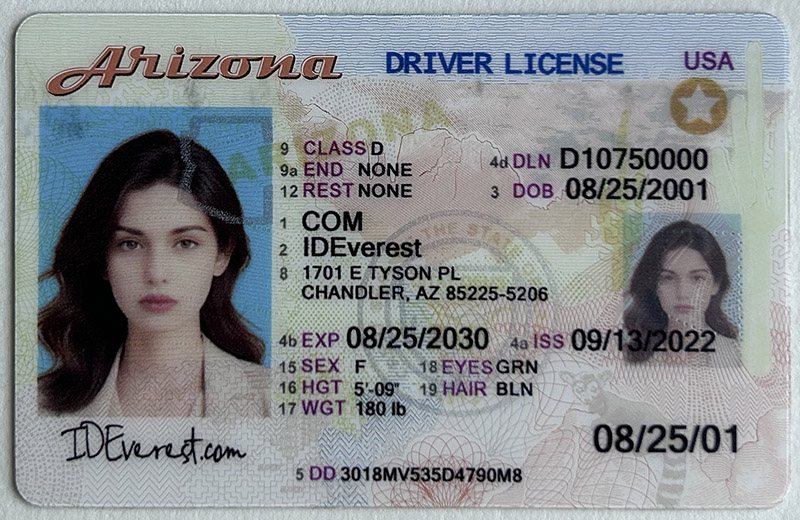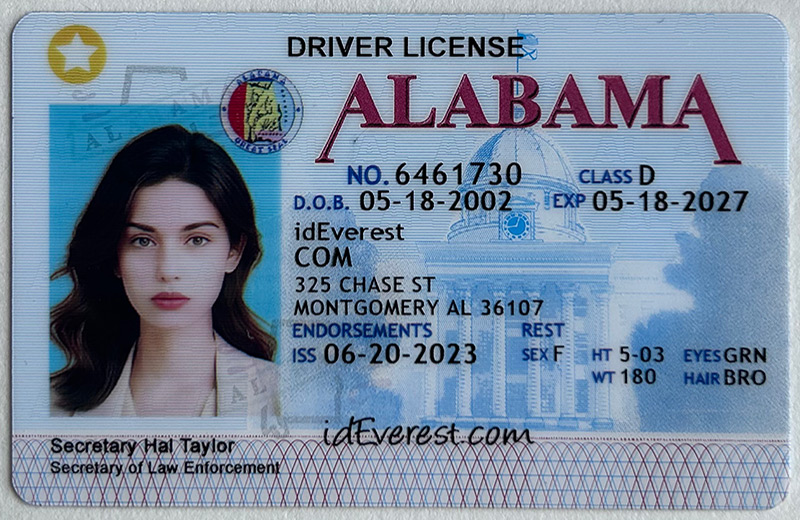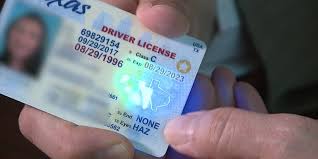fake id template
Fake ID Template: The Ultimate Guide to Understanding, Using, and Troubleshooting

In today's fast-paced world, many individuals seek convenient solutions to their identification needs. Among these solutions is the "fake ID template." This product, although controversial, has gained attention for various reasons. In this article, we'll delve into what a fake ID template is, its features, common questions, user experiences, potential issues, and how to resolve them. We'll also explore ethical considerations, helping you make an informed decision about whether or not to use such a product.
Product Introduction
A fake ID template is essentially a digital file that replicates the design and features of a legitimate identification card. These templates are often used for novelty purposes, pranks, or as a creative way to learn design techniques. However, they can also be misused for illegal activities, which is why understanding their ethical implications is crucial.
The templates are available in various formats, typically as high-resolution images or editable files (e.g., PSD, AI) that can be customized using graphic design software. They mimic everything from the layout and fonts to the holographic elements found on real IDs.
Key Features of Fake ID Templates
High-Quality Design: A well-crafted fake ID template is nearly indistinguishable from the real thing. The level of detail, including accurate fonts, color schemes, and holograms, makes these templates stand out.
Editable Fields: Most templates come with editable fields that allow users to input their own information, such as name, date of birth, and photo. This flexibility makes them versatile for various applications, including film props, artistic projects, or novelty items.
Layered Files: Professional templates often come in layered formats (like PSD files), which means each design element is on a separate layer. This allows for precise customization and easy manipulation of individual parts of the ID.
Security Features: Some advanced templates include simulated security features like watermarks, UV images, and barcodes. While these are not functional, they add to the authenticity of the appearance.
Compatibility: The templates are typically compatible with popular design software, such as Adobe Photoshop or Illustrator, making it easy for users to edit them without requiring advanced technical skills.
Common Questions
Q1: What is the primary use of a fake ID template?Fake ID templates are primarily used for entertainment or artistic purposes. They can be part of a costume, a film prop, or simply a way to hone design skills. However, it’s essential to remember that using these templates to create fake identification for illegal purposes is against the law.
Q2: Is it legal to own or use a fake ID template?Owning or using a fake ID template for novelty or artistic purposes is generally legal. However, the legality varies depending on your jurisdiction and the intended use of the template. It’s illegal to use a fake ID for fraudulent purposes, such as attempting to enter a bar underage or committing identity theft.
Q3: How realistic are these templates?The realism of a fake ID template depends on the quality of the template and the skill level of the person editing it. High-quality templates can be very convincing, but they should not be used to deceive authorities or businesses.
Q4: Can I get in trouble for using a fake ID template?Yes, using a fake ID for illegal activities can lead to serious consequences, including fines, legal action, and even imprisonment. It’s crucial to use these templates responsibly and within the bounds of the law.
User Reviews and Experiences
Many users have shared their experiences with fake ID templates, highlighting both positive and negative aspects. Here are some common themes from user reviews:
Ease of Use: Users often praise the simplicity of editing these templates. The layered files make it easy to customize the ID to fit specific needs, whether it’s changing the background, adjusting the photo, or modifying text fields.
Realism: High-quality templates receive positive feedback for their realistic appearance. Users appreciate the attention to detail, which makes these templates suitable for a wide range of projects.
Versatility: The ability to use these templates for various purposes is frequently mentioned. Whether for a themed party, a short film, or just as a fun project, users find the templates versatile and adaptable.
Ethical Considerations: Some users express concerns about the potential misuse of these templates. They emphasize the importance of using them ethically and responsibly, avoiding any illegal activities.
Technical Issues: While most users find the templates easy to work with, some report issues with software compatibility or difficulty in achieving the desired level of realism. These problems are usually resolved with better design software or by following detailed tutorials.
Troubleshooting: Common Issues and Solutions
Issue 1: Difficulty Editing the TemplateSome users may struggle with editing the template, especially if they’re not familiar with graphic design software. The most common problems include incorrect text alignment, pixelation when resizing elements, or difficulty in changing colors.
Solution: To overcome these issues, it’s essential to use a graphic design program that supports layered files, such as Adobe Photoshop. If you’re new to design, consider watching online tutorials that cover basic editing techniques. Many templates come with instructions or support forums where you can ask for help.
Issue 2: Printing QualityAnother common issue is the print quality of the final ID. Some users find that their printed ID looks different from what they see on the screen, often due to poor printer settings or low-quality paper.
Solution: For the best results, use high-resolution images and a high-quality printer. Glossy paper or plastic ID card stock can also improve the final appearance. Make sure your printer settings are adjusted for the best quality, including using the correct color profiles.
Issue 3: Holographic Features Not Appearing RealisticHolographic features are challenging to replicate. Users may find that their attempts to simulate these elements fall short, making the ID look less authentic.
Solution: While true holograms are nearly impossible to replicate at home, you can use special holographic foils or stickers available online to add a layer of realism. Another option is to focus on the digital aspect, ensuring that the template looks as realistic as possible before printing.
Issue 4: Legal ConcernsSome users worry about the legal implications of owning or using a fake ID template, especially if they’re unsure about the laws in their area.
Solution: It’s crucial to research the local laws regarding fake IDs. If you’re only using the template for novelty purposes, you’re likely within legal bounds, but it’s always wise to double-check. Avoid using the ID in situations where it could be mistaken for a real one.
Conclusion
Fake ID templates offer a fascinating glimpse into the world of digital design and the replication of real-world objects. While they can be a fun and creative tool, it’s essential to use them responsibly. The templates can be incredibly realistic, but they should never be used for illegal purposes. Always ensure you’re aware of the legal implications in your area before using or purchasing a fake ID template.
For those interested in design or looking for a novelty item, fake ID templates can provide hours of creative exploration. With the right tools and knowledge, you can create a convincing replica for entertainment purposes. However, always remember the ethical and legal responsibilities that come with using such products.
In summary, fake ID templates are versatile, high-quality products that can serve a range of purposes from entertainment to education. User experiences highlight their ease of use and realistic appearance, though technical and ethical challenges can arise. By following best practices and staying informed, you can enjoy the benefits of a fake ID template without crossing any legal boundaries.
 Arizona Fake ID Cards
Arizona Fake ID Cards
 ideverest scans Alabama fake I
ideverest scans Alabama fake I
 Fake Florida DL
Fake Florida DL
 scannable Fake US-Green Card
scannable Fake US-Green Card